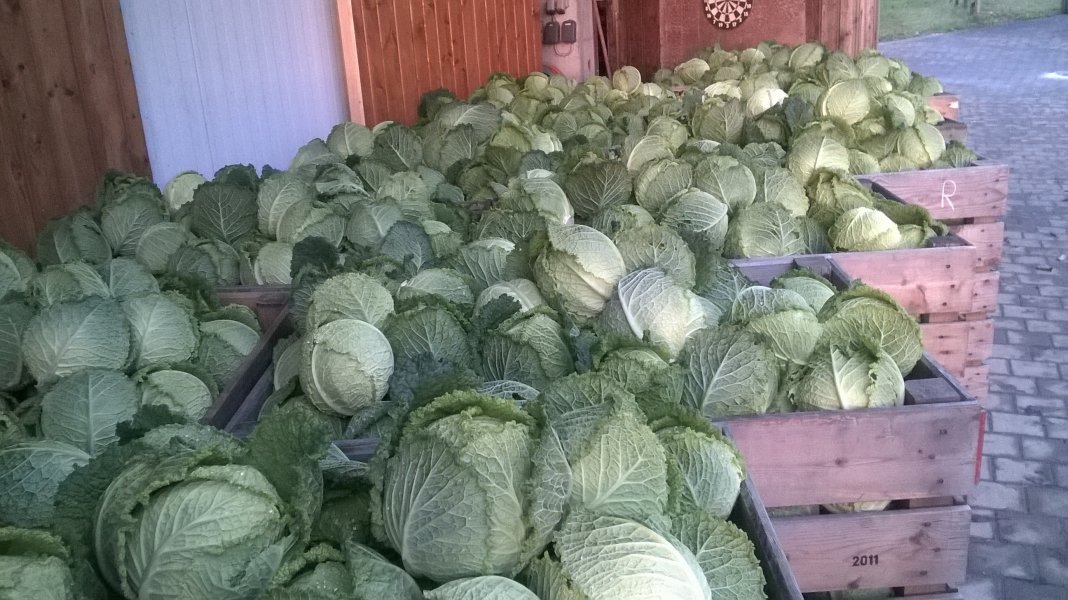 Cabbage is a favorite vegetable on the table of many Russians. It is used as part of many soups and salads, so gardeners are so eager to stock it more for the winter. It is not easy to grow cabbage, but it is much more important to preserve the harvest. Let's look at how to preserve it during a long northern winter together.
Cabbage is a favorite vegetable on the table of many Russians. It is used as part of many soups and salads, so gardeners are so eager to stock it more for the winter. It is not easy to grow cabbage, but it is much more important to preserve the harvest. Let's look at how to preserve it during a long northern winter together.
Content
Terms and conditions of storage of fresh cabbage in the cellar
For winter storage, leave mid- and late-ripe cabbage varieties ripening in 90-120 days. Forks of such cabbage are dense, rounded, slightly flattened. In early ripening varieties ripening in the middle of summer, heads of cabbage are loose, therefore, after harvesting, they are eaten for 1-2 months. Middle- and late-ripening varieties include Nadezhda, Podarok, Amager, Orbit, Slava, Zimovka, Moscow late.
Storage preparation
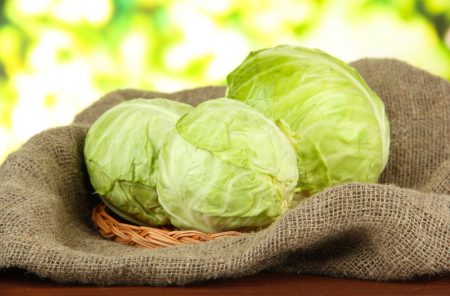 They dig up cabbage in mid-autumn in dry sunny weather. After digging, the roots are cut off from the cabbage, and loose loose cover sheets are also removed. Dug vegetables are left for one to two days under a canopy to dry. Small unripened heads of cabbage set aside to use in the first place. It also makes no sense to store hollow, frostbitten, severely affected by pests or diseases cabbage.
They dig up cabbage in mid-autumn in dry sunny weather. After digging, the roots are cut off from the cabbage, and loose loose cover sheets are also removed. Dug vegetables are left for one to two days under a canopy to dry. Small unripened heads of cabbage set aside to use in the first place. It also makes no sense to store hollow, frostbitten, severely affected by pests or diseases cabbage.
Whether or not to leave the stumps at the forks depends on the storage method.
Preparation of storage conditions
Before laying the harvest for the winter, the cellar is cleaned of the remains of vegetables and dried well. Walls and racks are treated with an antiseptic or whitened with quicklime. From rot and mold, the cellar is fumigated with sulfur at the rate of 30-40 grams per square meter.
Cabbage is very demanding on storage conditions. The temperature in the cellar should be stable from zero to plus 2 degrees, humidity 90-98%. At low temperatures, it freezes; at higher temperatures, the shelf life is reduced. Cabbage during storage releases moisture, so the cellar must be equipped with a ventilation system.
Ways to save cabbage until spring
Over the years of growing cabbage, gardeners have invented many storage options for this delicious vegetable.
Cling film
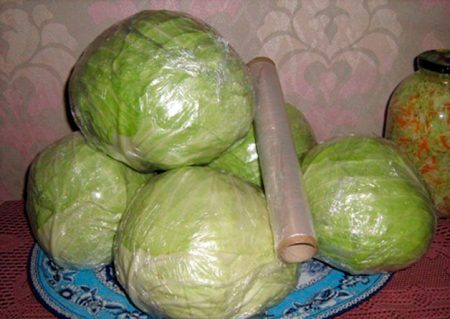 To preserve each fork, wrap it with cling film or lay it in a plastic bag. In a dense plastic cocoon, the processes of aging and drying of the upper leaves cease, heads of cabbage are stored longer.
To preserve each fork, wrap it with cling film or lay it in a plastic bag. In a dense plastic cocoon, the processes of aging and drying of the upper leaves cease, heads of cabbage are stored longer.
Paper storage
Each head of cabbage is wrapped in two or three layers of newspapers, after which they are placed on shelves or in boxes. The paper prevents the forks from touching each other, and also prevents the drying of the top leaves.
So that the lead contained in the printing ink does not get on the forks, the lower wrapping layer is made of wallpaper or ordinary wrapping paper.
In a clay bowl
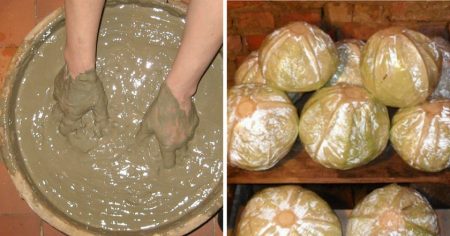 Red clay is diluted with water to the consistency of sour cream. Heads of cabbage are dipped into the resulting mass, the resulting clay balls are dried in the sun until the outer layer hardens and laid for storage on the shelves of the cellar.
Red clay is diluted with water to the consistency of sour cream. Heads of cabbage are dipped into the resulting mass, the resulting clay balls are dried in the sun until the outer layer hardens and laid for storage on the shelves of the cellar.
Pyramid storage
A wooden base shield is hammered onto the floor of the cellar. Heads are laid in a checkerboard pattern, forming a kind of pyramid.It should be laid in such a way as to ensure minimum contact between the heads and maximum air access to the forks. On the table, first of all, heads of cabbage are served from the upper rows of the “pyramid”.
The disadvantage of this method lies in the difficulty of inspecting forks for rot, as well as in the high cost of time for periodic reassembly of the crop.
For stability, the "pyramids" in the bottom row stack the largest heads of cabbage.
Sand storage
A layer of sand is poured into the chest compartment, barrel, box or other container, a layer of cabbage is laid on it. On top of the forks are covered with a layer of dry river sand, then another layer of forks is applied and so on until the tank is filled to the top. The method of storing vegetables in the sand is very effective, but quite complex and time-consuming. Every year before the season, the sand must be dried and cleaned of debris.
On the rope
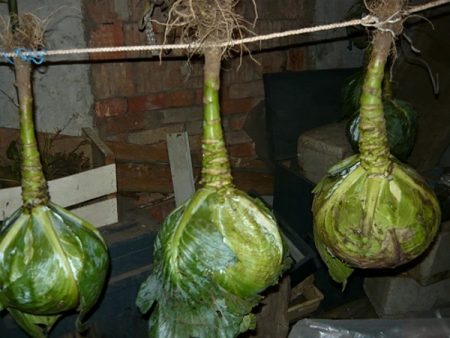 Dig cabbage with a long root-cob. Hooks are screwed onto the ceiling of the cellar, to which the forks are hung on ropes. Cabbage in this method is well preserved, but requires a lot of space for hanging.
Dig cabbage with a long root-cob. Hooks are screwed onto the ceiling of the cellar, to which the forks are hung on ropes. Cabbage in this method is well preserved, but requires a lot of space for hanging.
In the garden
In the autumn, on a hill in the ridge, dig a ditch 60-70 centimeters deep. The bottom of the ditch is lined with boards. Heads of cabbage are laid in a ditch with stitches up. The space between the forks is covered with sand, the vegetables are covered with a layer of straw on top. For ventilation in the corners of the ditch, small bundles of reeds are exposed. The straw above is covered with a five-centimeter layer of clay, then the pit is covered with soil. In this way, heads of cabbage are stored in the garden until next spring.
If you make several small pits and open them one at a time in two to three months, there will be fresh cabbage on the table all winter.
How to store cabbage with other vegetables
As a rule, the gardener stores all harvested crops in one room. Cabbage is well preserved in the same room with other vegetables, you just need to follow the simple rules:
- cabbage is stored separately from other vegetables;
- the root should not be affected by rotting root crops;
- the room should be well ventilated.
Observing these fairly simple rules, you can be sure of the complete safety of the crop.
Shelf life of cabbage
Each type of cabbage has its own characteristics in storage.
White and red cabbage
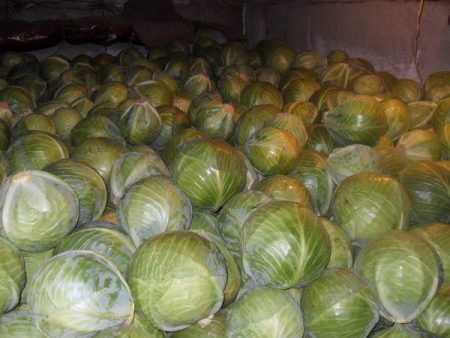 Cabbage, subject to storage conditions, perfectly "lies" in the basement until spring. Storage of red cabbage does not differ from ordinary cabbage. Tidied to the cellar in early October, it retains its presentation for 4-5 months.
Cabbage, subject to storage conditions, perfectly "lies" in the basement until spring. Storage of red cabbage does not differ from ordinary cabbage. Tidied to the cellar in early October, it retains its presentation for 4-5 months.
Kohlrabi cabbage
The weak point of kohlrabi cabbage is the quick drying of the upper layer of the skin. In order to avoid this, kohlrabi is placed in wooden boxes and sprinkled with wet sand. At a temperature of about zero degrees and a humidity of 90%, kohlrabi is stored for 4-5 months.
Cauliflower
Cauliflower in winter is stored very little time. For the winter, it is tightly packed in wooden boxes and covered with polyethylene on top. In this case, the cut cabbage is stored in the basement for 10-14 days.
For longer storage, cabbage is carefully dug out along with the roots and transplanted together with a lump of earth into a container in the basement.
Chinese cabbage
Beijing cabbage consists of many succulent and loose leaves, and therefore, after cutting, it begins to quickly lose moisture. To prevent this process, cut-off heads are packaged in bags or simply wrapped with plastic wrap and put into boxes. At temperatures from zero to plus two degrees, packaged cabbage can be stored for up to three months.
Reviews
Tatyana, 35 years old
We have a large garden, but the ability to store crops is limited. Therefore, I immediately ferment the entire crop of cabbage.Jars of sauerkraut are perfectly on the insulated balcony all winter.
Alexey, 42 years old
In our house, we stuffed nails on the girders of the underground and store the crop in limbo. The underground is isolated, the temperature in it is stable, so the suspended cabbage is perfectly preserved throughout the winter.
There are many options for preserving the crop, everyone can choose which is more suitable for his conditions.

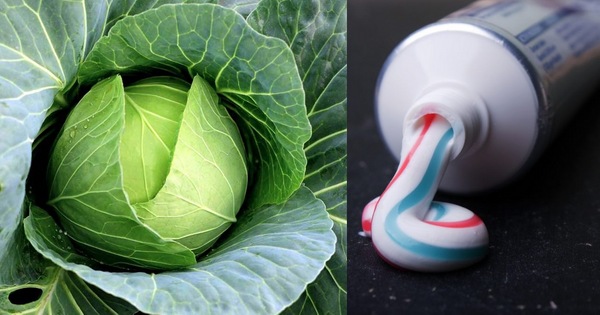
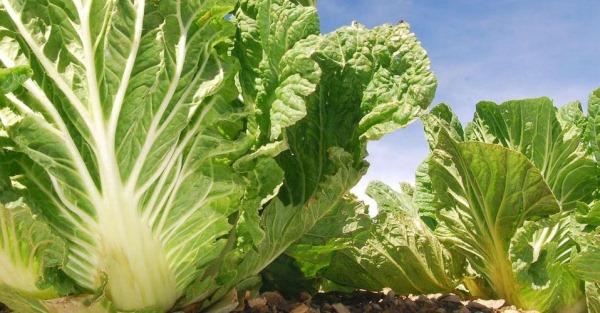
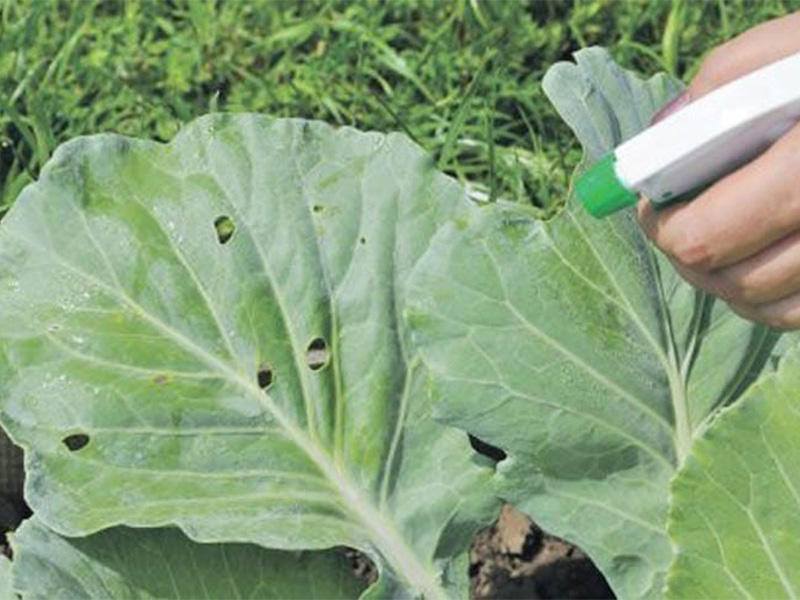
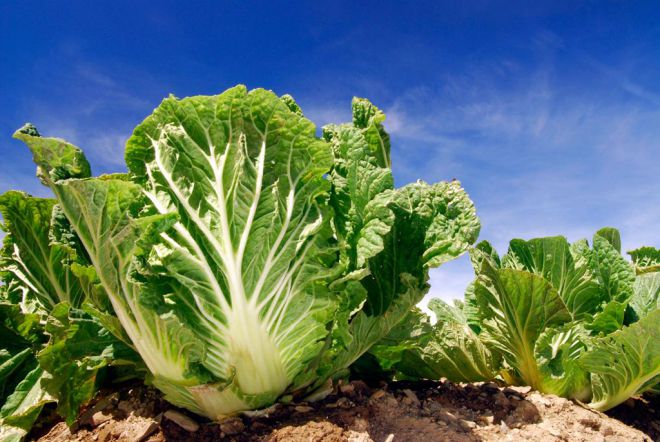 How to grow Chinese cabbage on your site?
How to grow Chinese cabbage on your site?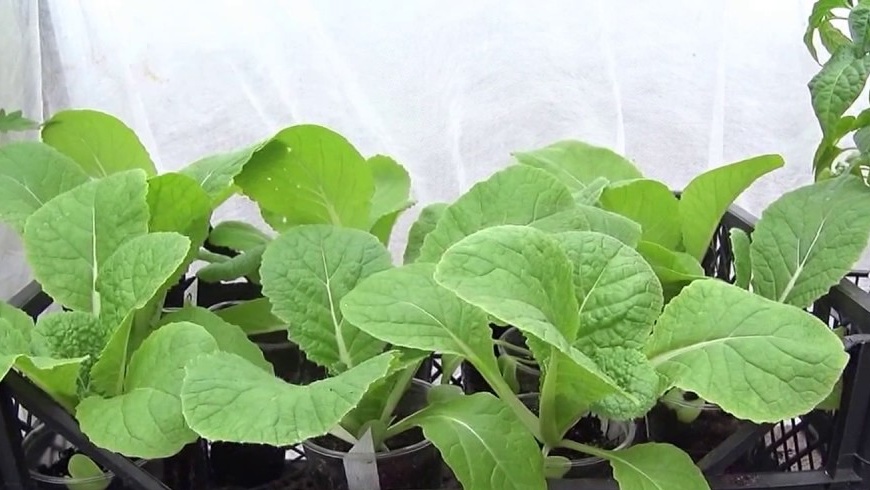 When to plant Chinese cabbage on seedlings in 2024
When to plant Chinese cabbage on seedlings in 2024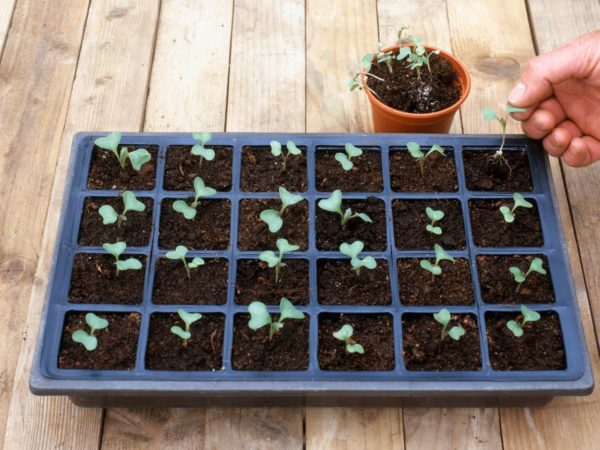 When to sow cabbage for seedlings in 2019 on the moon
When to sow cabbage for seedlings in 2019 on the moon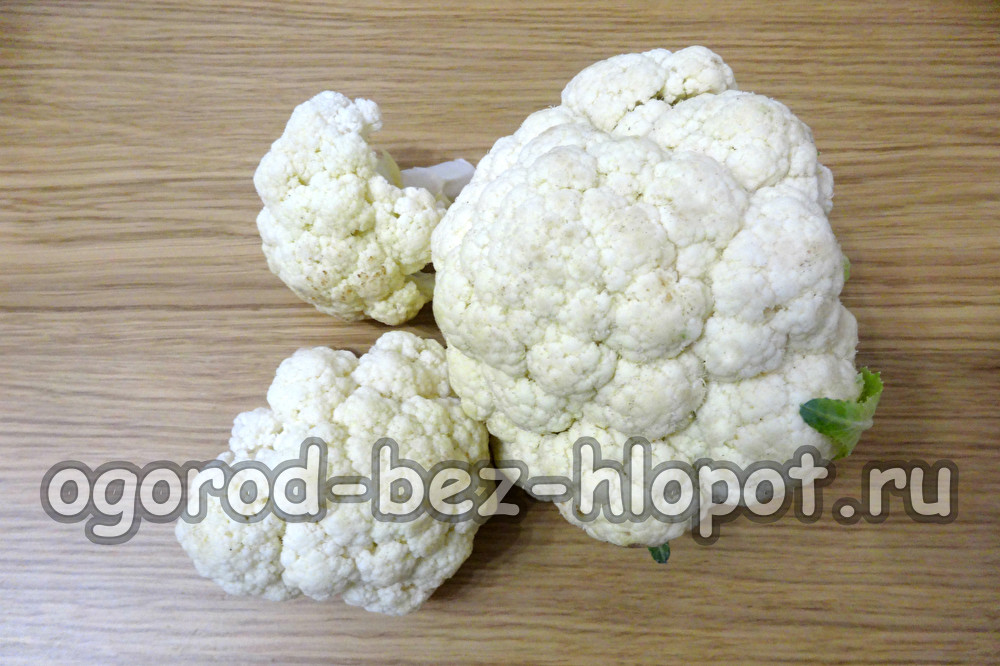 Cauliflower: how to grow large snow-white inflorescences
Cauliflower: how to grow large snow-white inflorescences